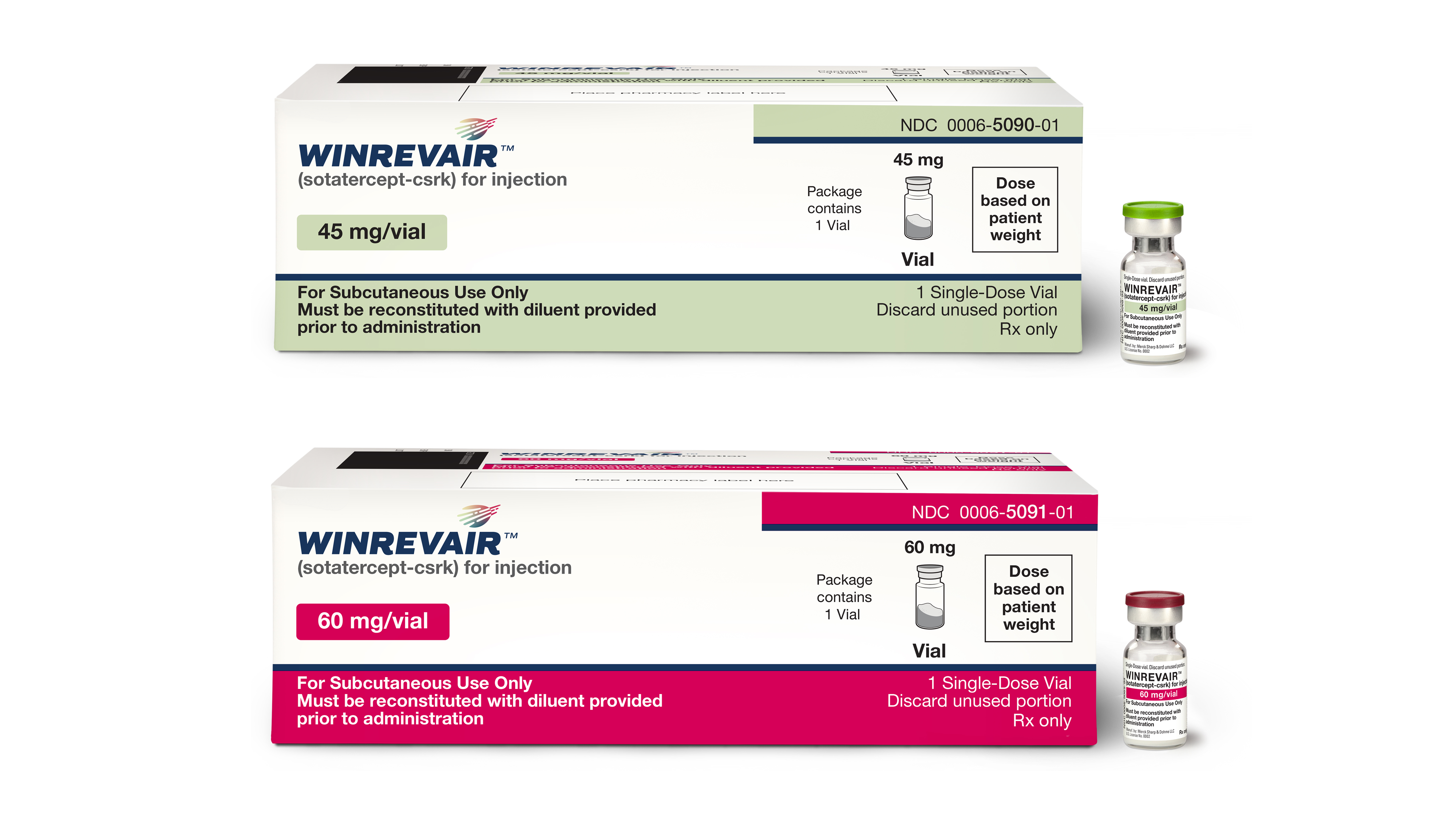Traditionally, new drugs are discovered by screening large libraries of candidate compounds and identifying those that produce the target biological activity. Unfortunately, while this method can be an efficient way to discover potential new drugs, the maintenance of a dedicated drug discovery facility can be very expensive.
In an attempt to improve drug discovery methods, researchers at The Scripps Research Institute (TSRI) have developed a novel screening system that would be both smaller and cheaper than previous methods. “We’ve developed a device that can do the functional equivalent of high-throughput compound screening on an ultra-miniaturized scale,” said Brian M. Paegel, an associate professor at TSRI, and the principal investigator of the study.
High-throughput screening systems used today cost millions of dollars and can take up 10,000 square feet of facility space. The current technology utilizes robotic arms which sample each compound in the library and test its biological activity.
While the current screening systems have the advantage of being almost entirely automated and relatively quick at screening each sample, they are cost-prohibitive for everyone apart from very large pharmaceutical companies or research institutions. The new technique uses “one-bead-one-compound” (OBOC) libraries, in which each compound is individually chemically linked to microscopic beads.
“It is possible to generate an OBOC library of millions of compounds in a week for about $500,” said Alexander K. Price, a senior research associate in the Paegel laboratory, and the lead author of the study. What’s more, the OBOC laboratories have gained in popularity over the past 20 years due to their small space requirements.
The benchtop device build by Paegel and his colleagues, is designed to be able to screen the compounds while each is still conjugated to the beads. Using the microfluidic principles of inkjet printer technology, the researchers designed the device to create tiny fluid droplets containing both the bead-bound compound and the substrate necessary to assay the compound’s enzymatic activity.
Compared to traditional high-throughput screening systems, the droplets used in this technique contain 100,000 times less liquid. Using a photochemical reaction induced by exposure to ultraviolet (UV) light, the bond between the compound and the bead can be cleaved, allowing the reaction to commence.
The technique – named LIGHTSABR (Light-Induced and Graduated High-Throughput Screening After Bead Release) – is able to overcome a number of hurdles based on the control of droplet size. The researchers have already used to technique to search for potential new antiviral drugs to treat AIDS.
“In addition to antiviral compounds, we are also pursuing new antibiotics and other drug classes that address the emergence of resistance in rapidly evolving pathogens,” said Paegal. “Hundreds of laboratories around the world could operate their own miniaturized screening facilities, using their own assays to go after targets that are of most interest to them.”












Join or login to leave a comment
JOIN LOGIN